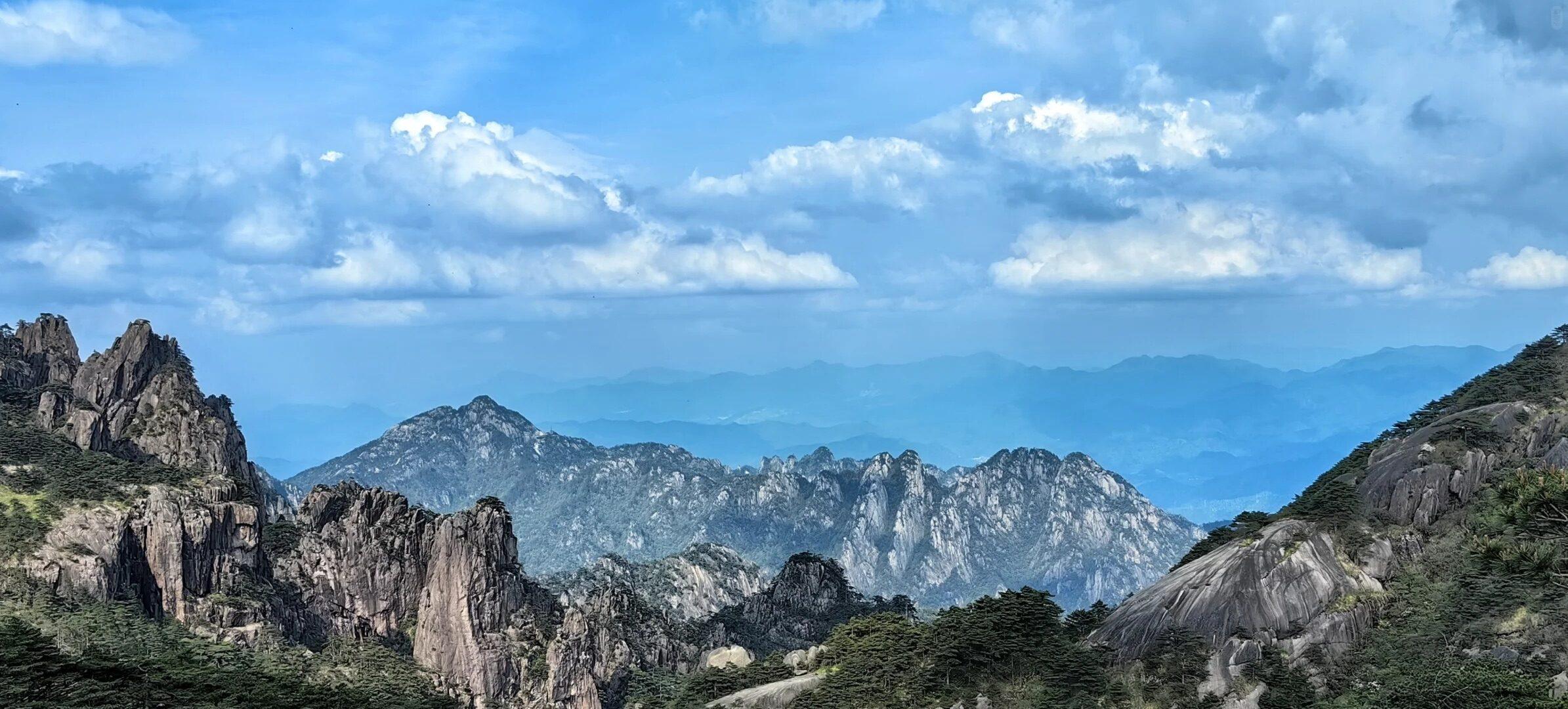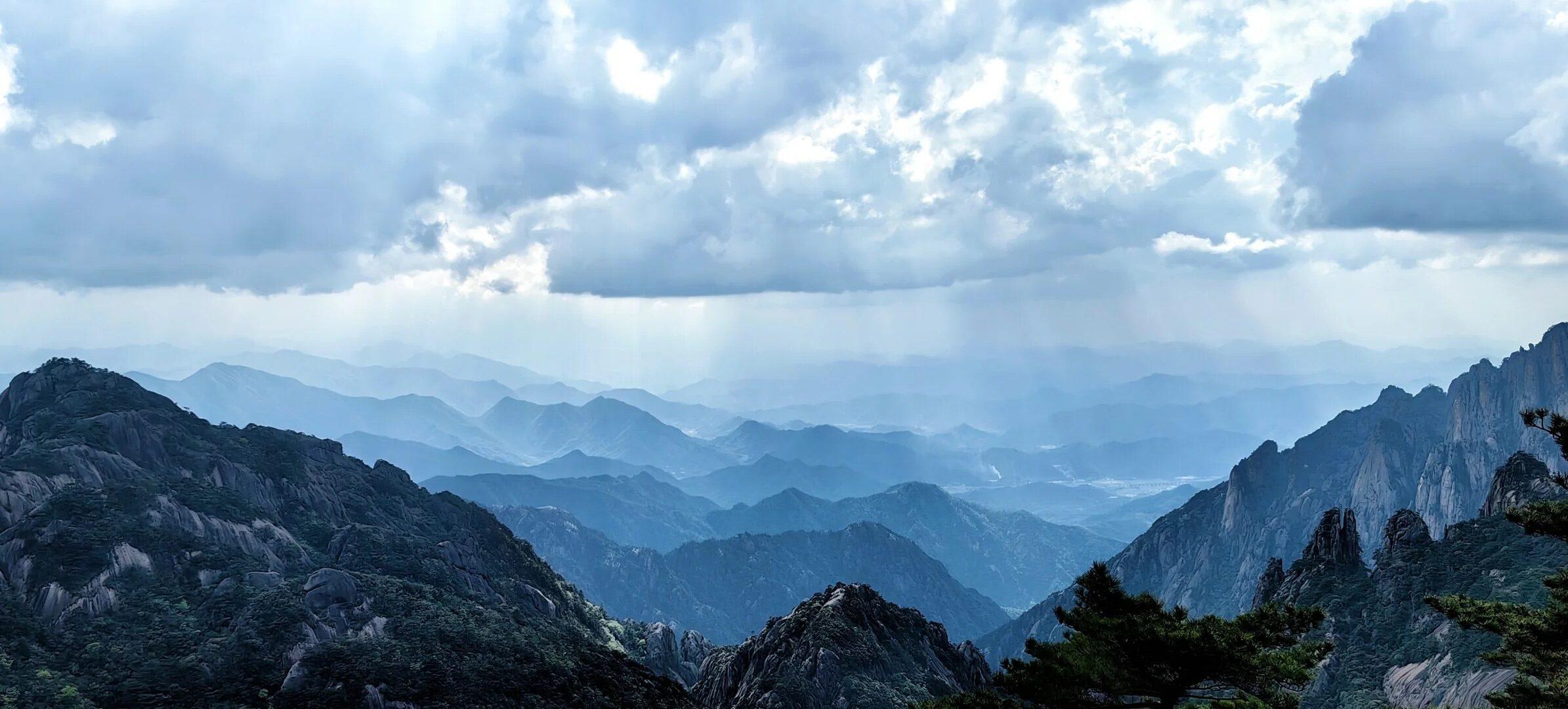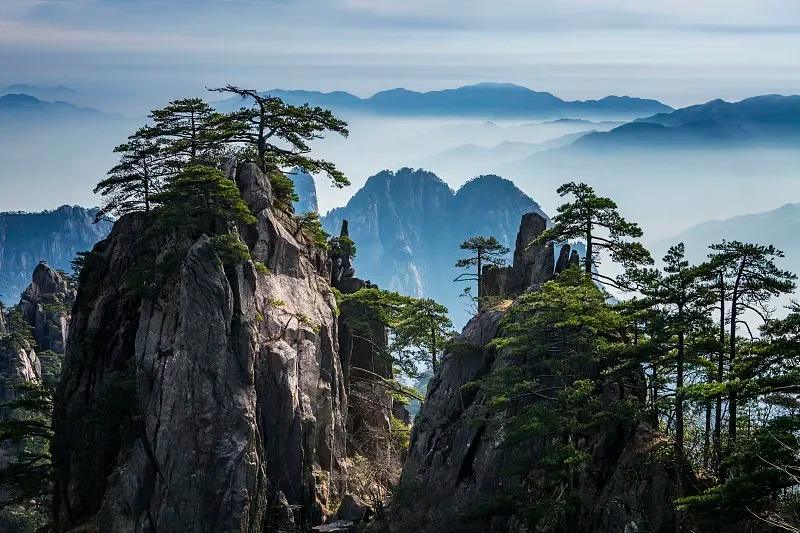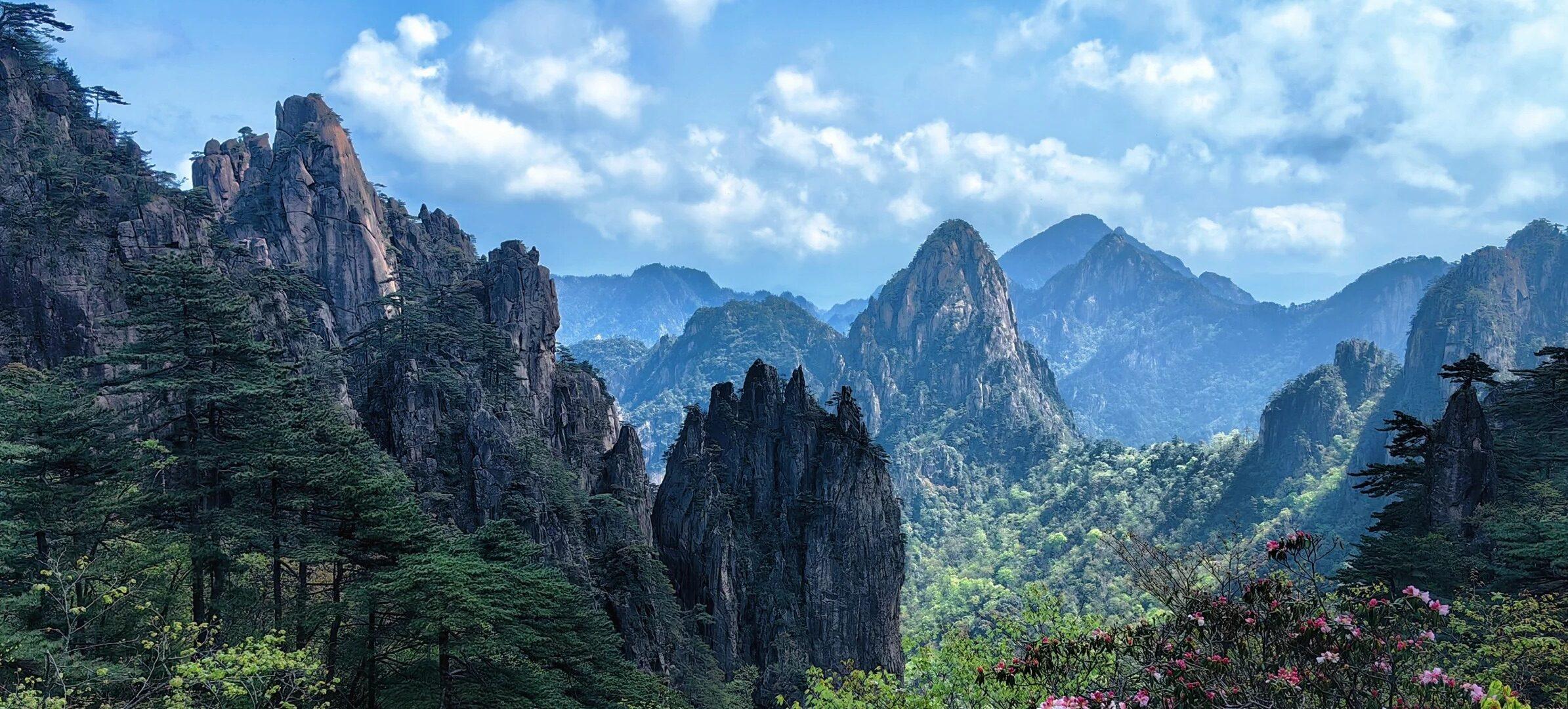Visiting Information
| Information | Details |
|---|---|
| Chinese Name | 黄山 (Huángshān) |
| Location and Address | Huangshan City, Anhui Province, China |
| Opening Time/Hours | Open all year round, 24 hours a day |
| Entrance Fee | 230 CNY (March 1 to November 30); 150 CNY (December 1 to end of February) |
| How to Get There | By Bus: Take a bus from Huangshan North Railway Station or Tunxi to Tangkou, then transfer to a shuttle bus to the mountain By Taxi: Available from Huangshan city, approximately 1-1.5 hours Note: There is no metro system in Huangshan |
| Best Time for Visit | April to October for pleasant weather; Early morning for sunrise views and to avoid crowds |
| Contact Info | Tel: +86 559 5562592 Email: [email protected] |
Overview
Mount Huangshan, also known as Yellow Mountain, is a UNESCO World Heritage Site located in Anhui Province, China. Renowned for its breathtaking scenery, distinctive granite peaks, hot springs, pine trees, and frequent sea of clouds, it has been a source of inspiration for Chinese artists and poets for centuries.
Historical Background
Mount Huangshan has been a place of significance for over 1,500 years. It was named Huangshan in 747 AD by Emperor Xuanzong of the Tang Dynasty. The mountain has been a subject of Chinese paintings, literature, and poetry throughout history. It became a popular travel destination during the Ming Dynasty (1368–1644) and continues to attract millions of visitors annually.

Architectural Features
- Cable Cars: Three cable car systems provide easy access to different parts of the mountain, offering spectacular views during the ascent. These modern additions blend seamlessly with the natural landscape, providing convenience without compromising the area’s beauty.
- Ancient Trails and Steps: A network of well-maintained hiking trails and stone steps, some dating back centuries, crisscross the mountain. These paths, often carved directly into the rock face, allow visitors to explore the mountain’s diverse landscapes and viewpoints.
- Mountain-top Hotels: Several hotels are perched atop the mountain, providing unique accommodation experiences. These structures are designed to harmonize with the surrounding environment while offering modern amenities to visitors.
- Temples and Pavilions: Ancient temples and ornate pavilions are scattered throughout the mountain, reflecting traditional Chinese architecture. These structures often occupy strategic positions offering panoramic views and serve as resting points for hikers.
Cultural Importance
Mount Huangshan holds immense cultural significance in Chinese history and art. It has been a source of inspiration for countless painters, poets, and writers, influencing the development of Chinese landscape art. The mountain’s unique pine trees, rock formations, and sea of clouds have become iconic symbols in Chinese culture, representing harmony between humans and nature.
Surrounding Attractions
- Hongcun and Xidi Ancient Villages: Located near Mount Huangshan, these well-preserved villages showcase the architectural style of the Ming and Qing dynasties. Both are UNESCO World Heritage Sites and offer visitors a glimpse into traditional Huizhou culture and lifestyle.
- Huangshan Hot Springs: Situated at the foot of the mountain, these natural hot springs have been used for over a thousand years. They offer a relaxing experience for visitors, with various pools of different temperatures and mineral compositions.
- Taiping Lake: This large man-made lake near Mount Huangshan offers scenic boat tours and fishing opportunities. The lake is surrounded by picturesque mountains and forests, providing a tranquil contrast to the more rugged landscapes of Huangshan itself.

Photography Opportunities
- Sunrise and Sunset: The mountaintop offers spectacular views of sunrise and sunset. Popular spots like Bright Summit Peak or Lion Peak provide panoramic vistas of the sun rising or setting amidst a sea of clouds, creating breathtaking photo opportunities.
- Sea of Clouds: One of Mount Huangshan’s most famous phenomena, the sea of clouds, occurs frequently due to the area’s unique climate. This ethereal sight, where peaks appear to float above a sea of mist, offers photographers stunning and otherworldly compositions.
- Peculiar Pine Trees: The mountain is home to many uniquely shaped pine trees, some of which are over a thousand years old. These trees, often growing out of seemingly bare rock faces, provide excellent subjects for both wide-angle landscape shots and more intimate botanical photographs.
Modern Importance
- Ecological Conservation: Mount Huangshan serves as a model for ecological protection in China. The management of the area has implemented strict conservation measures to preserve its unique biodiversity and geological features, setting standards for other natural reserves in the country.
- Tourism and Economic Impact: As one of China’s premier tourist destinations, Mount Huangshan plays a crucial role in the local and regional economy. It attracts millions of domestic and international visitors annually, contributing significantly to tourism revenue and supporting local communities.
- Scientific Research: The unique geological formations, diverse ecosystem, and climate patterns of Mount Huangshan provide valuable opportunities for scientific research. Studies conducted here contribute to fields such as geology, botany, and climate science.

FAQ
- What is Mount Huangshan famous for?
Mount Huangshan is famous for its “four wonders”: peculiarly-shaped granite peaks, ancient pine trees, hot springs, and the “sea of clouds” phenomenon. It’s also renowned for its beautiful sunrises, unique rock formations, and being a source of inspiration for traditional Chinese painting and literature. - What’s inside Mount Huangshan?
Mount Huangshan features numerous scenic spots including various peaks, rock formations, ancient pine trees, hiking trails, cable cars, mountain-top hotels, and viewing platforms. It also houses several historic temples and pavilions. - Is Mount Huangshan free?
No, Mount Huangshan is not free. There is an entrance fee of 230 CNY from March 1 to November 30, and 150 CNY from December 1 to the end of February. Additional fees may apply for cable cars and other services within the scenic area. - Is Mount Huangshan worth visiting?
Yes, Mount Huangshan is generally considered very worth visiting. It offers breathtaking natural scenery, unique geological features, rich cultural heritage, and opportunities for both leisurely sightseeing and challenging hikes. - What to do in Mount Huangshan?
In Mount Huangshan, you can hike various trails, take cable car rides for panoramic views, watch sunrise and sunset, observe the sea of clouds, visit ancient pines and uniquely shaped rocks, explore historic temples and pavilions, and enjoy photography. - How do I get to Mount Huangshan in the local city?
From Huangshan city, you can take a bus from Huangshan North Railway Station or Tunxi to Tangkou, which is at the foot of the mountain. From Tangkou, you can then take a shuttle bus to the mountain entrance. Alternatively, you can take a taxi directly from Huangshan city to the mountain entrance, which takes about 1-1.5 hours. - How to visit Mount Huangshan?
To visit Mount Huangshan, it’s recommended to plan at least a 2-day trip. Start early to catch the sunrise, take cable cars to save energy, hike the main scenic areas, and consider staying overnight on the mountain. Wear comfortable shoes, bring warm clothes as temperatures can be low at high altitudes, and be prepared for sudden weather changes. It’s also advisable to book accommodations in advance, especially during peak seasons.



